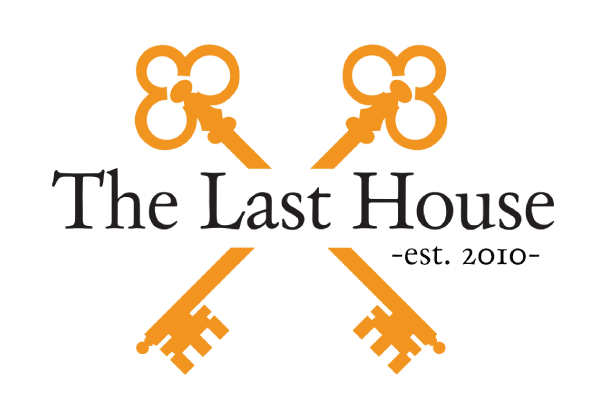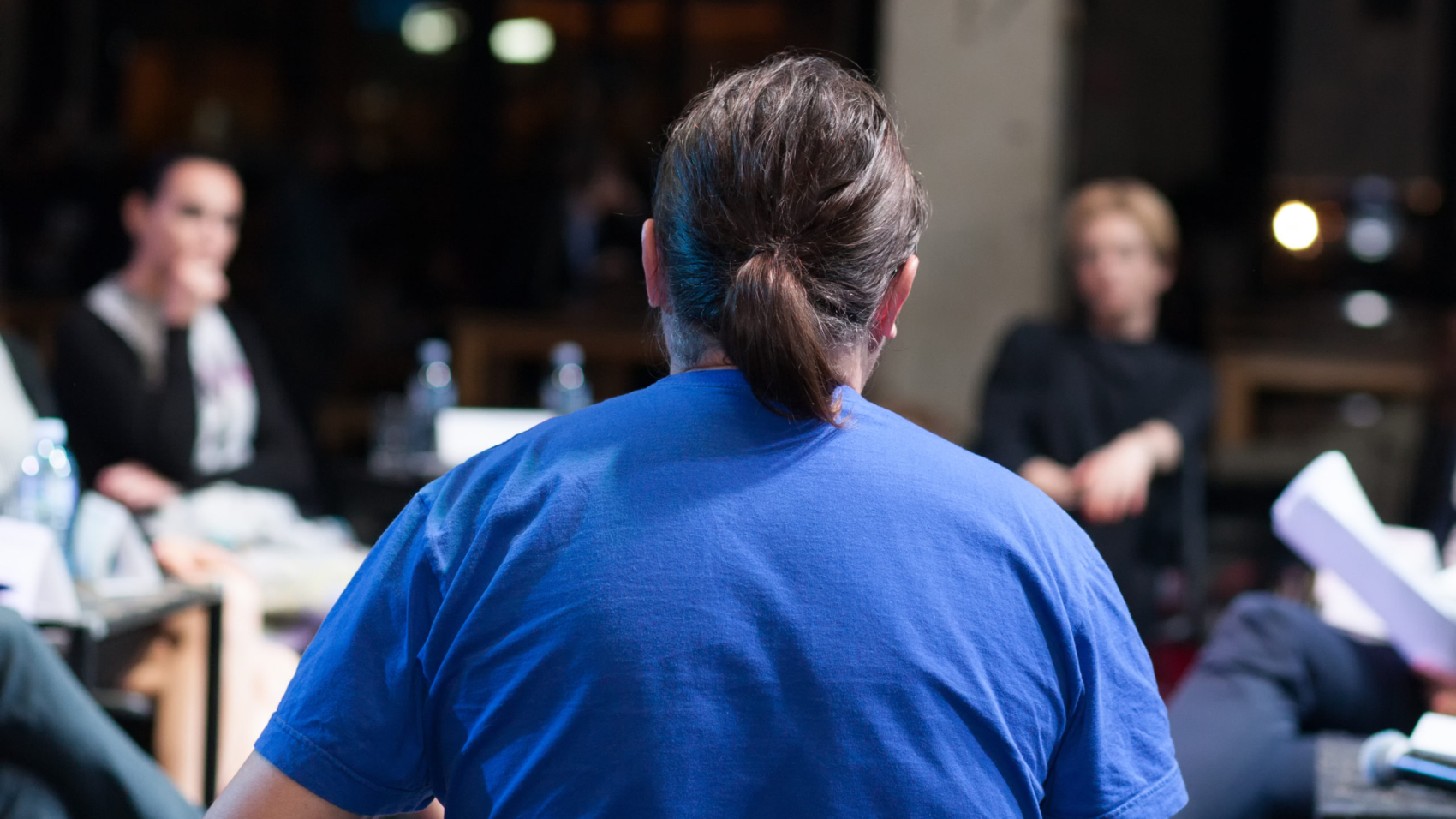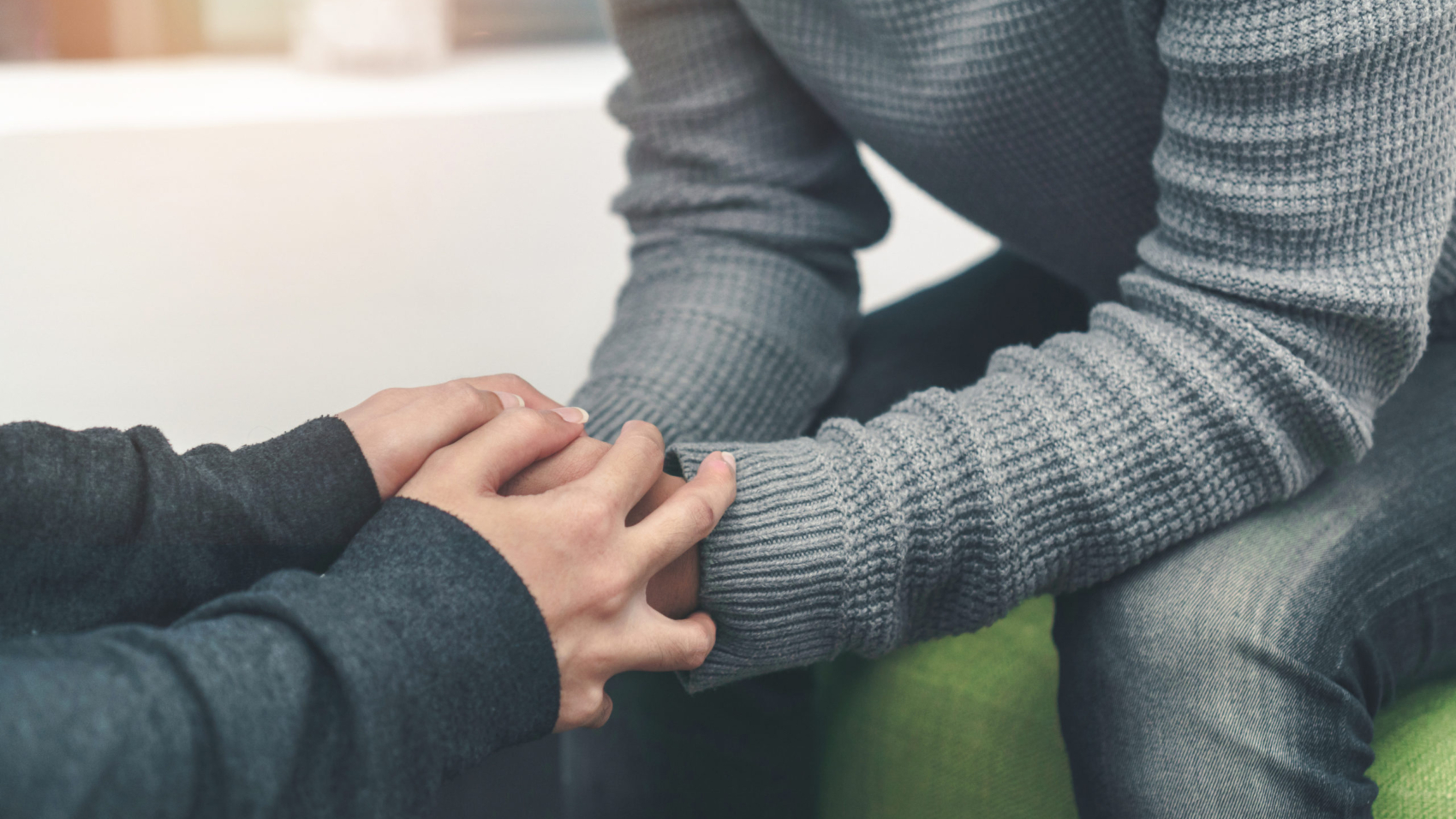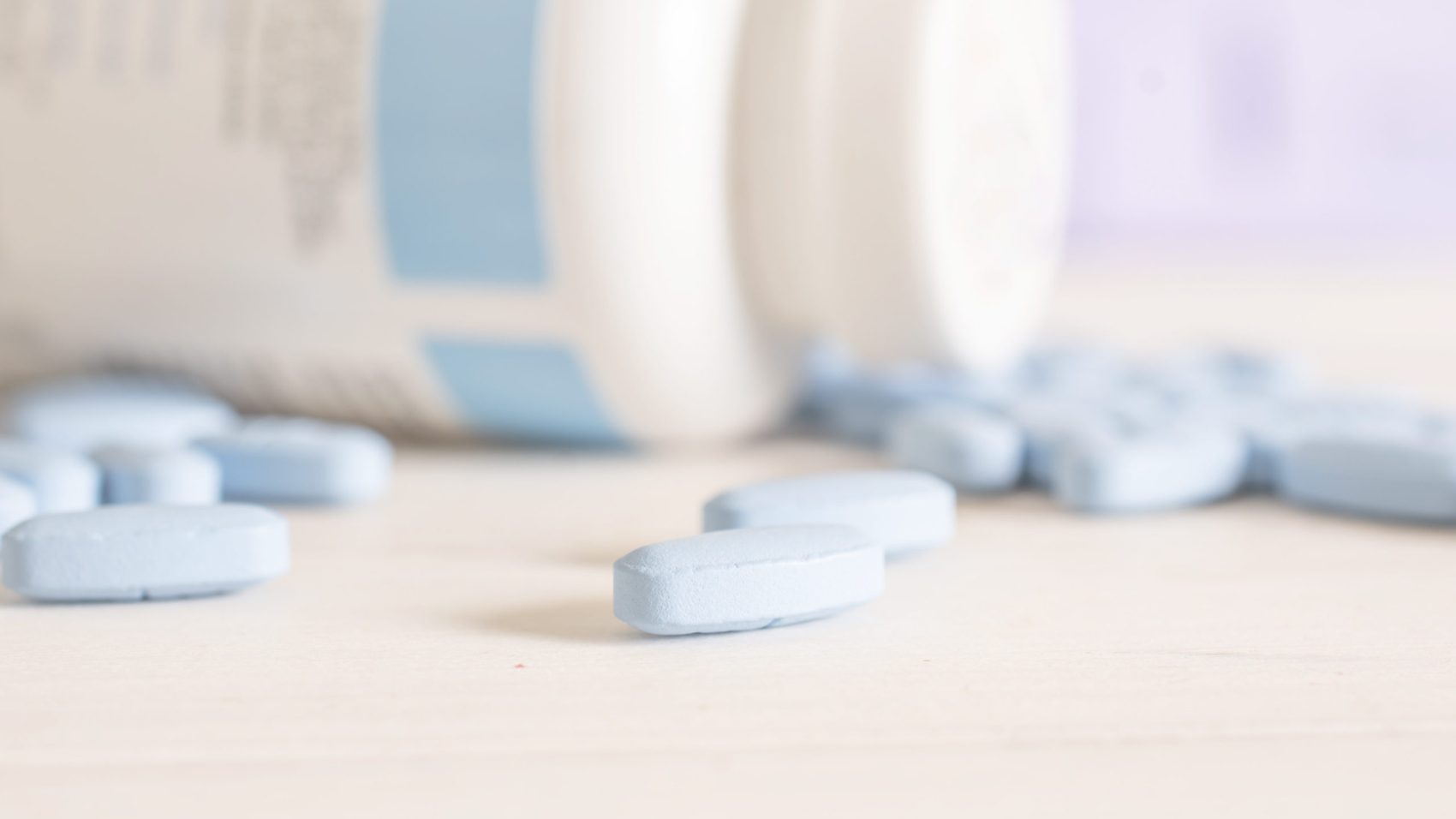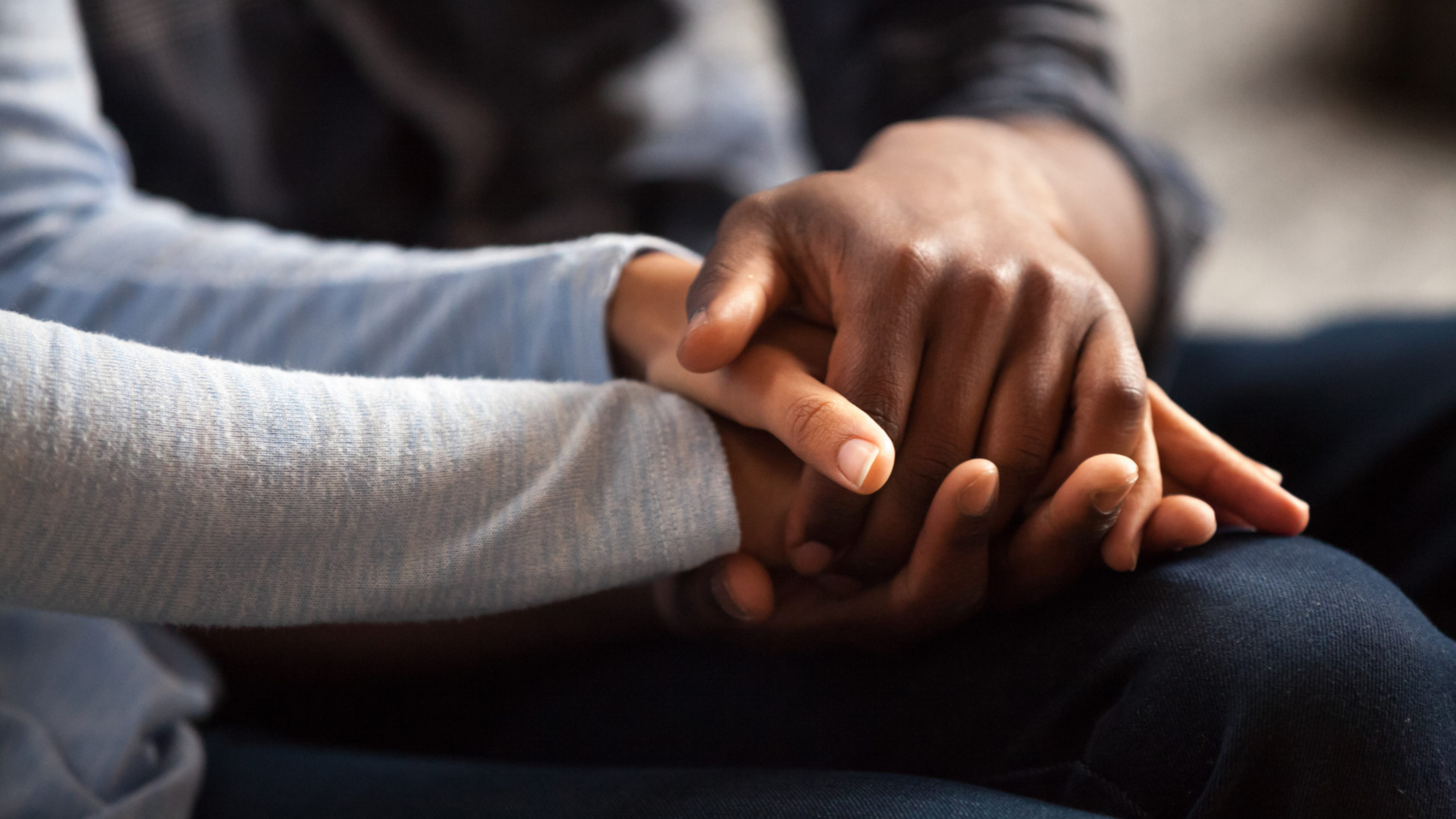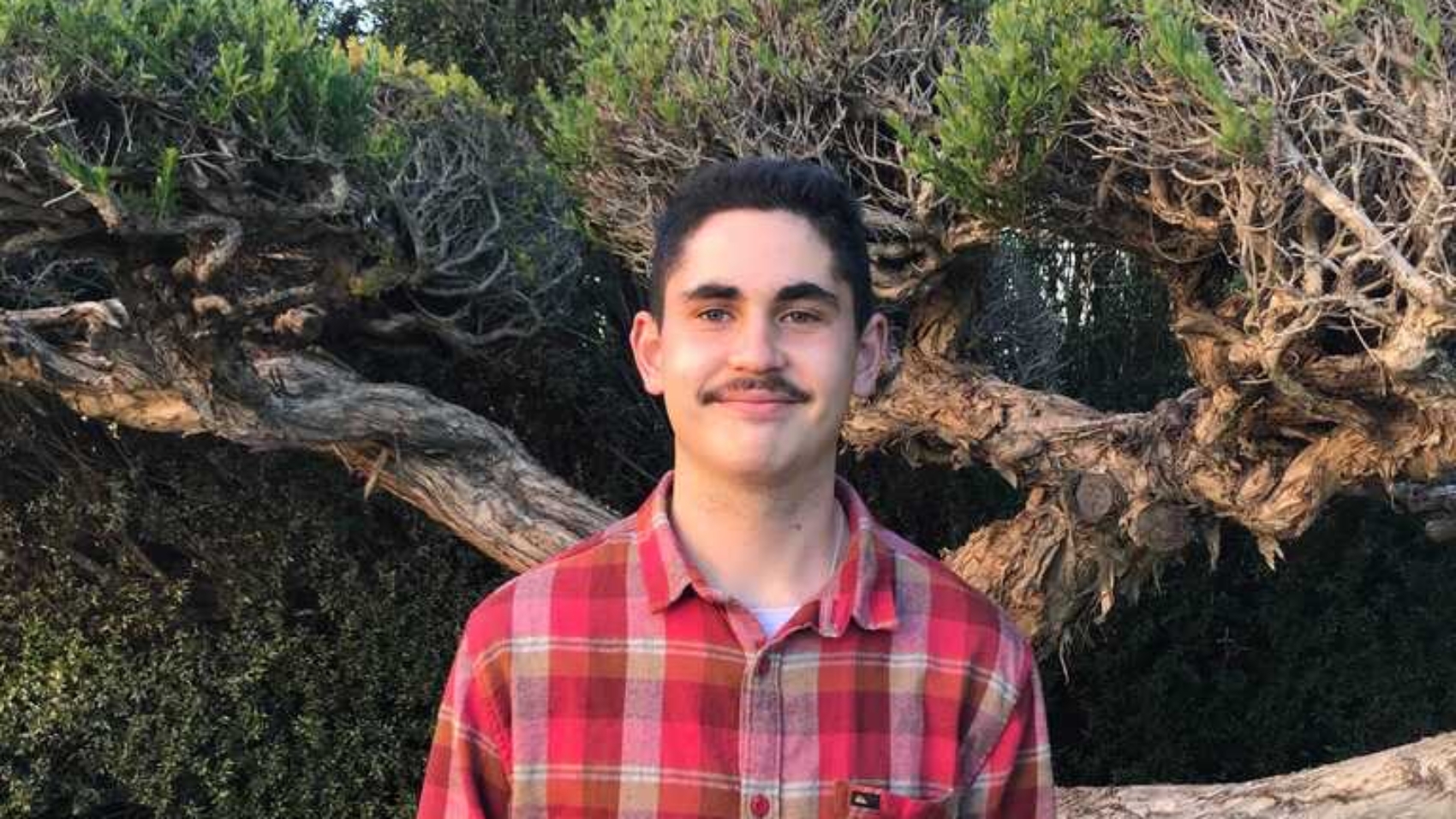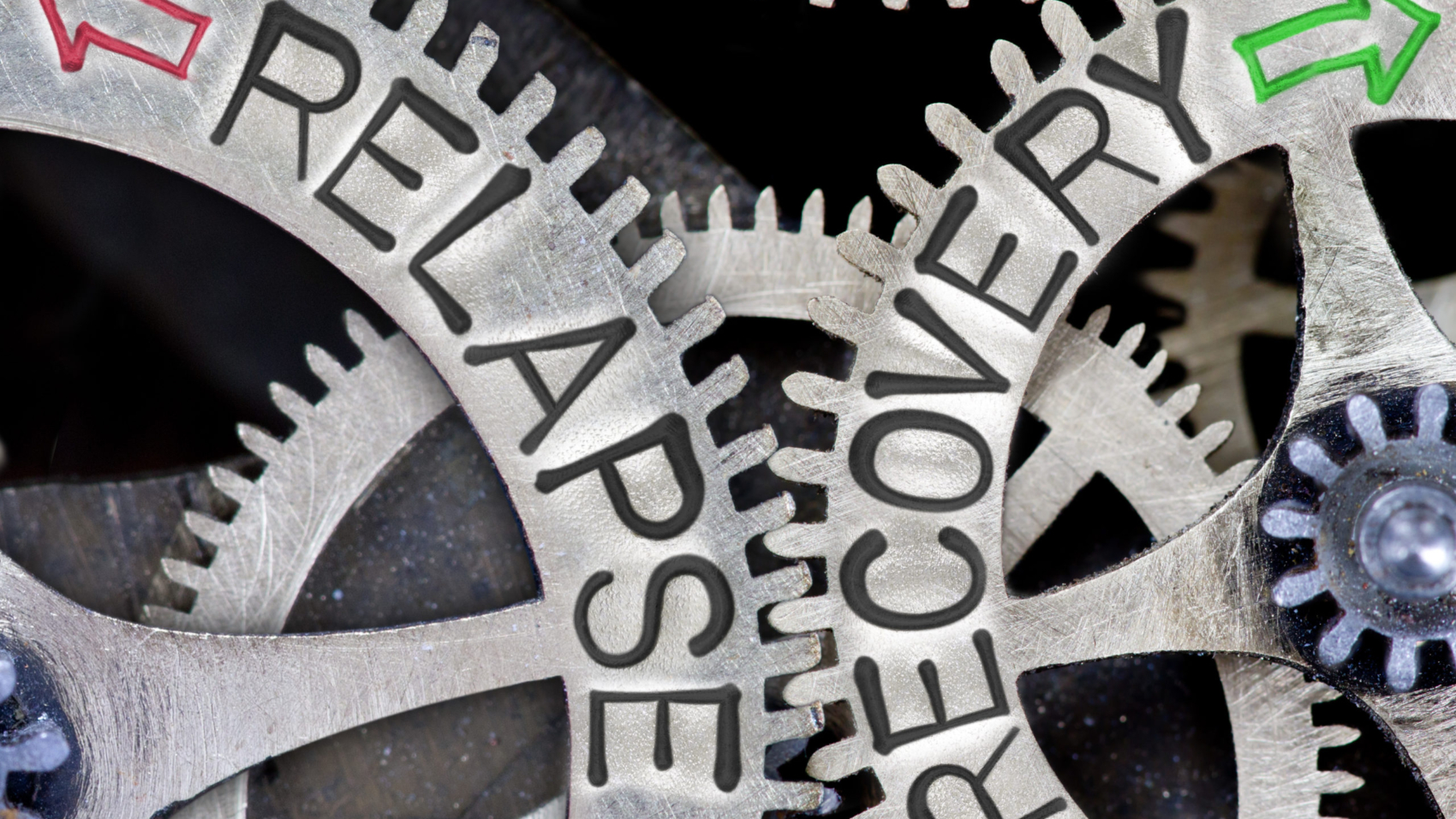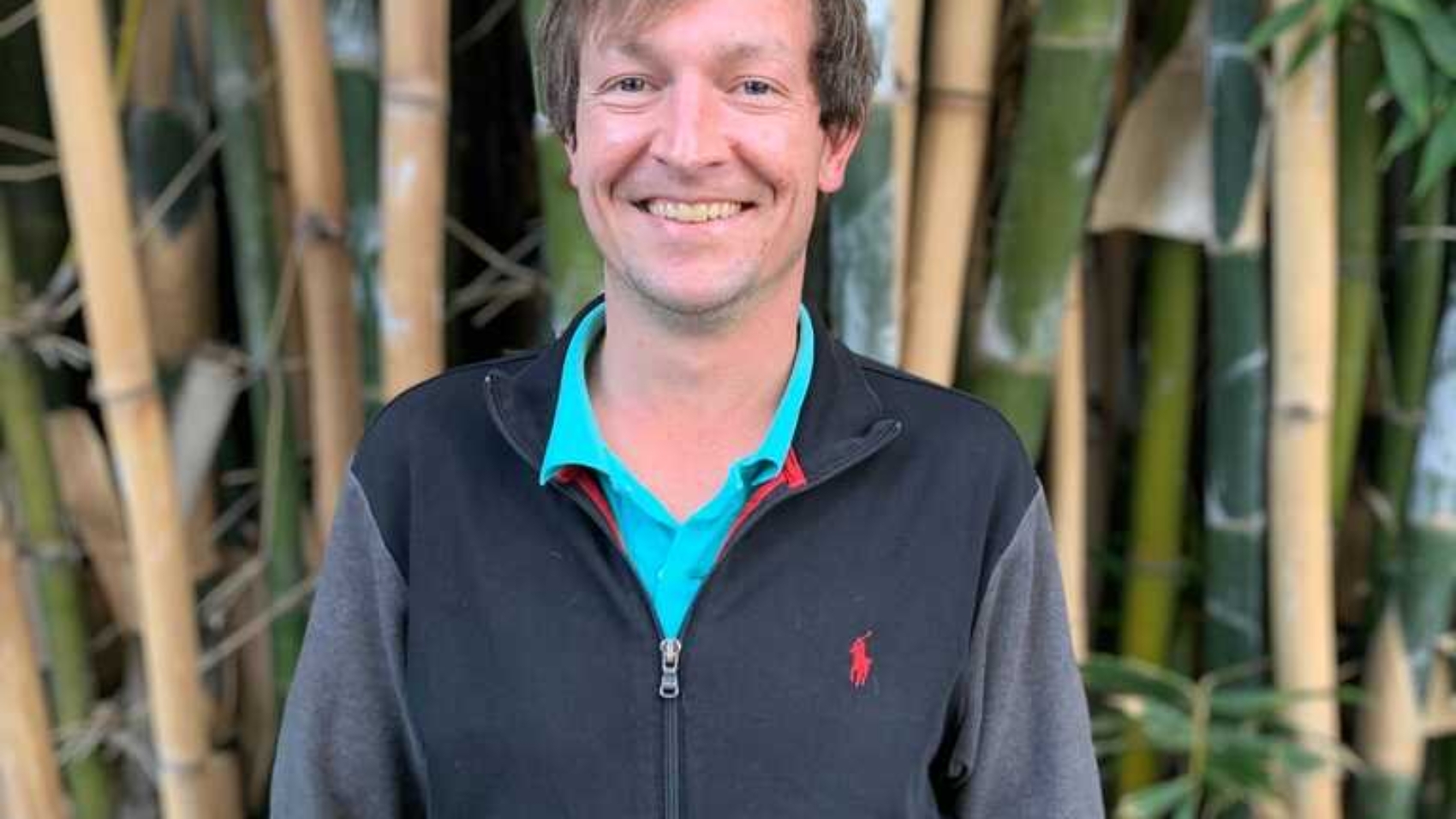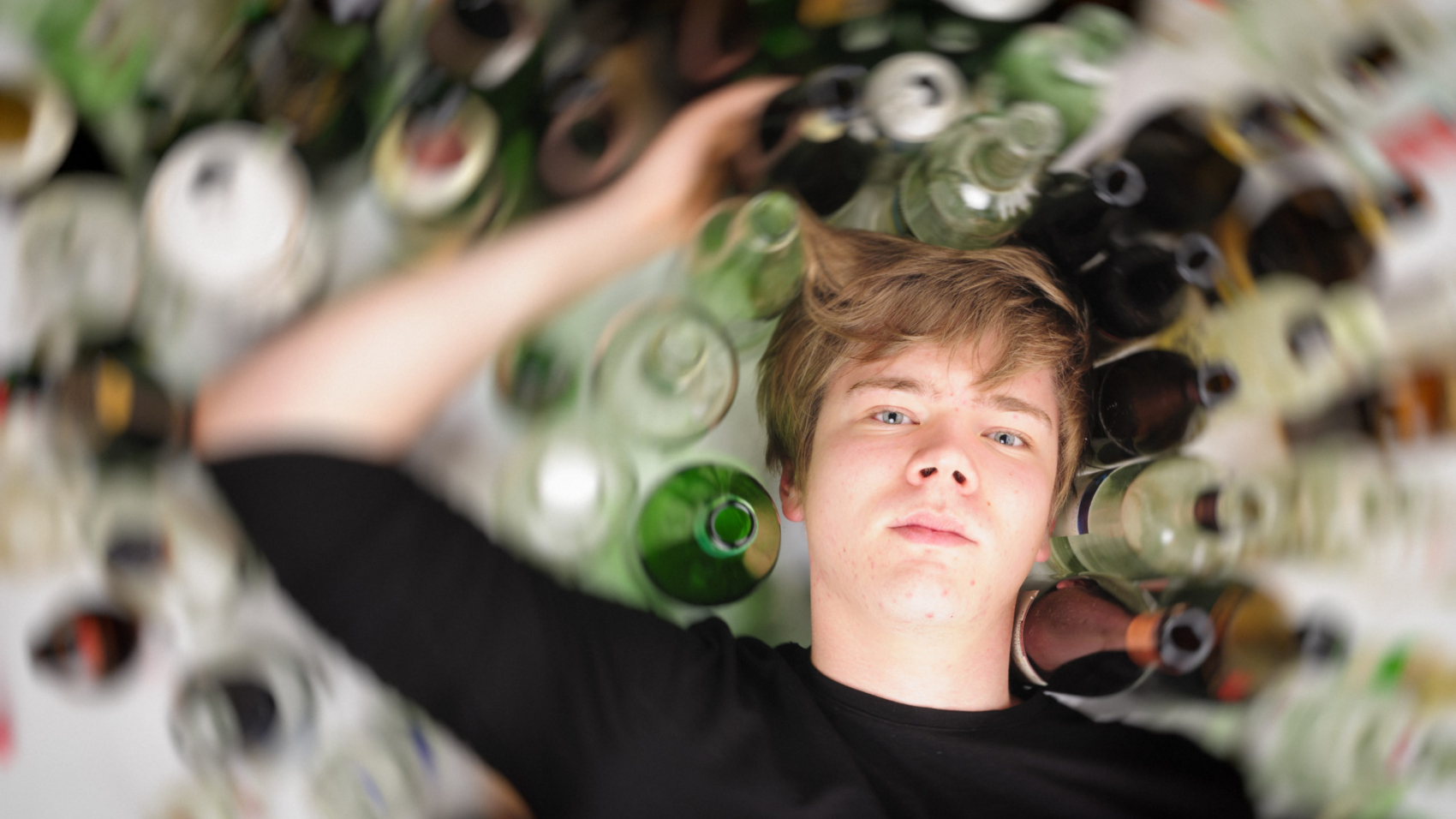In early recovery, you will focus on how to get sober and get through early sobriety. As you continue, your attention will shift to creating a life in long-term recovery. If you got sober in rehab or resided in a sober living facility, you may have already begun to develop a circle of friends who are also in recovery. Whether you have or have not, you may also want to explore attending AA 12 step program meetings to enhance your recovery program and extend your support network.
Alcoholics Anonymous (AA) 12 step program meetings can be an essential part of your recovery. Attending AA meetings regularly is a vital part of a solid relapse prevention plan. At The Last House, we understand the critical nature of finding the right mix of recovery-related activities to sustain your long-term recovery. We are happy to help you explore attending peer support recovery meetings such as AA.
What Is AA?
Alcoholics Anonymous, or AA, is a peer support recovery group based on recovery from alcoholism by completing AA’s twelve steps. AA was established in 1935, and its basic principles have remained constant since that time. The only requirement for membership is “a desire to stop drinking.”
The AA 12 step program encourages reliance on a Higher Power, referred to as God in AA literature. The success of AA is in the concept of mutual aid, with alcoholics and addicts supporting each other in getting and staying sober. Meetings are held in multiple countries and, in many cities, are held twenty-four hours a day. Over time, other 12-step groups that focus on other substances have emerged. These groups are patterned after AA and include Narcotics Anonymous (NA), Cocaine Anonymous, Heroin Anonymous, and more. Additionally, groups such as Al-Anon, Alateen, and Adult Children of Alcoholics were created. While these groups focus on the loved ones of the alcoholic, they are also patterned after the AA design.
How Does AA 12 Step Program Promote Long-Term Addiction Recovery?
Alcoholics Anonymous is rooted in fellowship. The AA 12 step program is made up of people from different walks of life who might not typically meet but all share a common problem with alcohol. It is nonprofessional, self-supporting, multiracial, apolitical, and available almost everywhere. Many who attend AA will explore different meetings until they find one or two that suit them best. Each AA group has its own personality, and you may participate in several before you find the ones that fit your best. As you explore different meetings, you will find that you are greeted warmly and begin making friends at the meetings. As you build your circle of support and attend meetings more regularly, you will find yourself connecting with others at the meeting. Rather than sitting in a room full of strangers, you will begin to make friends. These connections will help you to realize that you are not alone. You will collect phone numbers and find yourself going for coffee and meals with people you meet at meetings. All of these connections will begin to weave themselves into a recovery safety net that will help you keep your recovery on track. When you feel the urge to drink, you will have friends to call, meetings to attend, or places to go. You will only be alone in your recovery if you choose to be alone in your recovery.
Sober Living at The Last House
The Last House is a network of structured sober living homes in the heart of West Los Angeles. We strive to provide our clients with the tools needed for a meaningful life. We encourage our clients to take ownership of and participate in their sobriety. Activities such as service commitments, sober parties, conventions, dances, and house outings are all a part of helping you learn how to have fun in sobriety. Our staff is made up of active members of the Los Angeles Sober Living Community and is familiar with many AA meetings in the area. If you’re wondering how to create your sober life, The Last House is here to help.
